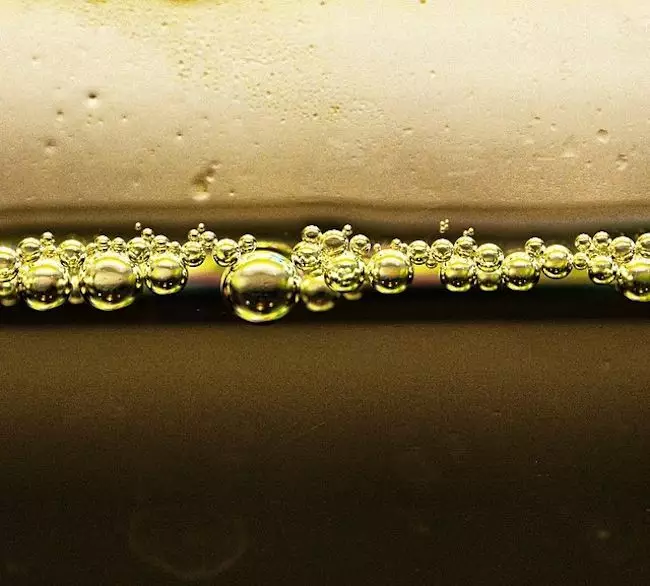Having a pristine aquarium is a dream for many fish enthusiasts, but achieving clear water can be surprisingly complex. Typically, aquarium water should appear clear and colorless. However, skewed parameters can lead to discoloration, manifesting as yellow or brownish hues. While some tint may be harmless, it often hints at an issue that could jeopardize the well-being of your aquatic pets. It’s essential to investigate any unusual changes in water quality immediately to maintain a safe habitat for fish and plants alike.
The Cloudiness Conundrum: Bacteria vs. Organics
Cloudy aquarium water signals an imbalance that needs addressing. A common misconception is that murky water is typically caused by bacterial blooms; however, these usually result in a grey or milky appearance rather than a discolored tint. The real culprits of yellow or brown water are often dissolved organic materials. These compounds could originate from decomposing fish waste, uneaten food, decaying plant parts, or, in more drastic cases, the remains of a deceased fish. Understanding this distinction is crucial because the presence of dissolved organics can severely disrupt water chemistry, leading to unhealthy conditions for your fish.
Organic matter not only clouds water but can also create unpleasant odors that are detrimental to both the visual and olfactory appeal of your aquarium. A thorough examination of these dissolved compounds is essential for any aquarist looking to keep their fish happy and healthy.
Tannins: A Double-Edged Sword
Beyond organic decay, one notable factor that may contribute to a yellowish tint in your aquarium is the natural leaching of tannins from driftwood. While tannins can create a picturesque, tea-colored effect, they are not necessarily harmful. In fact, for certain species of fish—especially those originating from soft, acidic waters in South America—tannins can be beneficial. They can lower the pH and soften water, mimicking the fish’s native environment and even promoting spawning. Thus, as tempting as it may be to panic at the sight of brown water, know that in some cases, it’s just the wonders of nature at work.
Nevertheless, if your tank houses species that thrive in alkaline conditions, you may need to consider replacing your decor with more suitable materials to keep water chemistry in check.
Diagnosing Water Quality: Key Indicators
To effectively resolve the issues stemming from discolored water, you must conduct a thorough analysis of the aquarium’s environment. Start by testing the critical parameters: pH, ammonia, nitrite, and nitrate levels. Each of these factors provides a glimpse into your water quality and ecosystem balance.
Next, scrutinize the physical condition of the tank. Is there visible debris on the substrate? Are plant leaves deteriorating, or is uneaten food settling at the bottom? Perhaps you’ve even overlooked a missing fish, which could be hidden and decomposing. The presence of foam on the water’s surface is another indicator of protein waste, signifying an overload of dissolved organics.
Practical Solutions for Tinted Water
When it comes to resolving water discoloration, targeted action is vital. If the presence of tannins is the issue, patience is your ally; these will eventually deplete over time as the driftwood matures. A water change may also aid in alleviating immediate concerns.
On the other hand, should you find elevated ammonia or nitrite levels, take swift measures to mitigate these toxins. A 50% water change can significantly dilute harmful concentrations, but make sure to retest afterward to ensure that levels have dropped to acceptable figures.
If the tank is cluttered with organic waste, it’s time for a thorough clean-up. Remove any decomposing materials such as dead plants or uneaten food. Vacuuming the substrate is also a crucial step in maintaining a healthy habitat. However, be strategic about your cleaning regimen. Reducing the detritus too quickly can destabilize the biological colonies responsible for filtering harmful substances, leading to a larger crisis.
The Long Game of Maintenance
Consistency is key in maintaining crystal-clear aquarium water. Establishing a regular cleaning routine will go a long way in preventing recurrence of discoloration issues. It’s essential to balance cleaning tasks so that biological systems can stabilize correctly after each intervention. By allowing time between major clean-ups, you support both the health of your fish and the overall ecosystem of your aquarium.
The quest for clear, healthy water may not be simple, but with careful monitoring and effective maintenance strategies, you can keep your aquatic paradise thriving beautifully. Remember, the success of your aquarium lies not just in eliminating problems but in understanding and nurturing the intricate relationships within your aquatic community.

